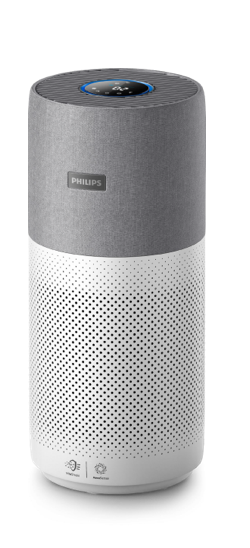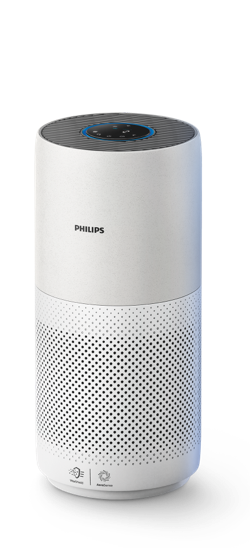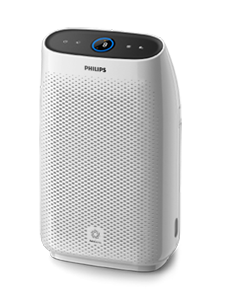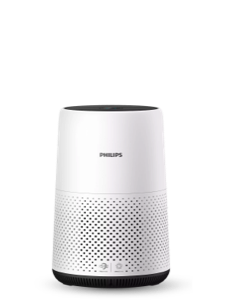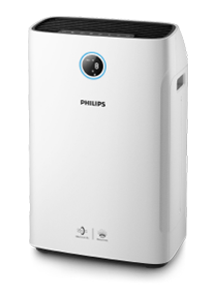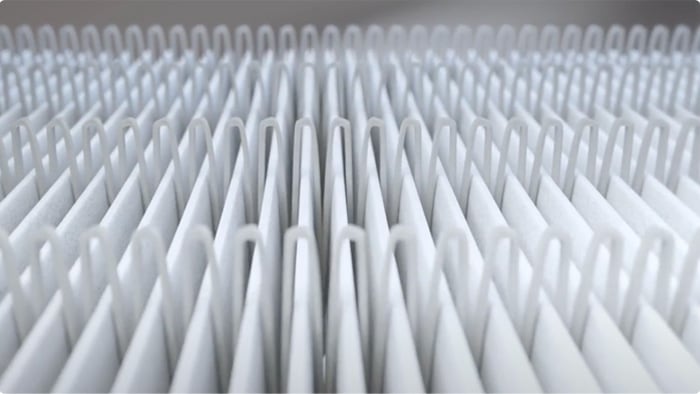We believe that every breath matters
Everybody has the right to clean air. That's why the innovation behind Pilips Air Purifiers empowers you to free your home from harmful viruses, allergens and pollutants, ensuring better health for you and your family.*
1000i series All-around purifier for small to medium space


Medium (63 m²)
270 m³/h (CARD)
2000i series 2-in-1 Combination All-around purifier & humidifier for medium space


Medium (65 m²)
250 m³/h (CARD)
*99.97% of pollution, pollen and dust filtered from air that passes through the filter. **Room size is calculated according to NRCC-5401, using cigarette smoke CADR tested according to GB/T8801-2015. ***Patricle-CADR is tested by third party lab according GB/T8801-2015.
How a Philips Air Purifier can help you

Family pets
Say goodbye to pet allergens

Viruses and aerosols
Keep your loved ones safe and protected
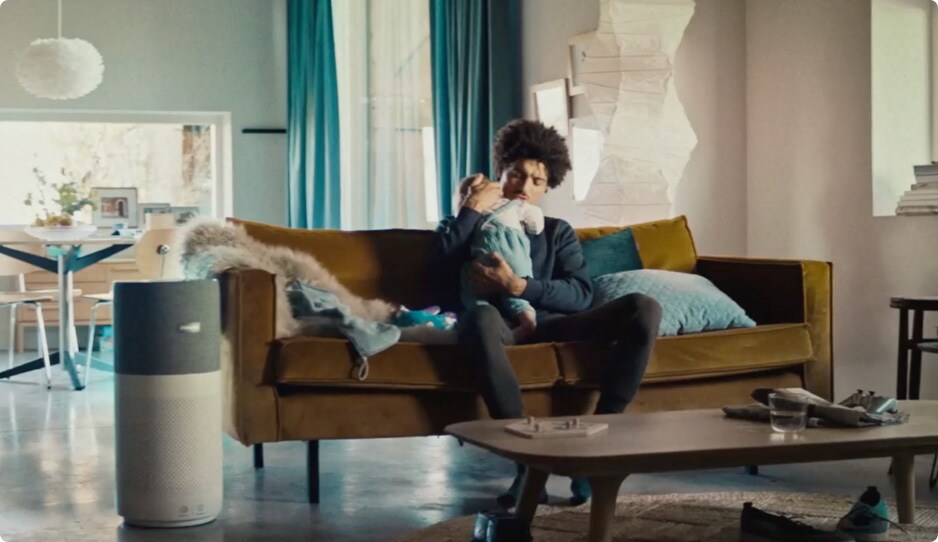
Pollution
Keep the pollution out for good

Seasonal pollen
Enjoy your home all year round
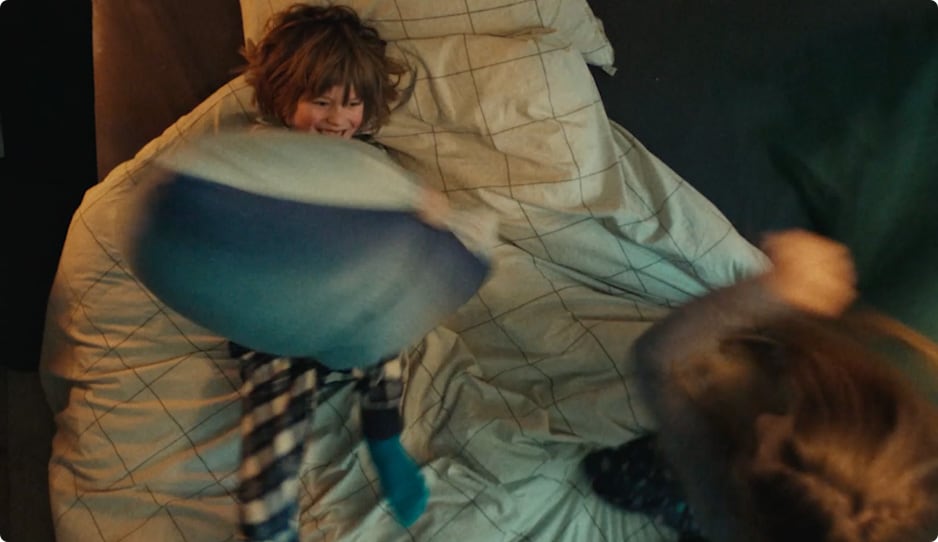
Dust allergens
Create dust free air in your home

Kitchen odors
Enjoy your open kitchen without the smells
Philips Air Purifiers
See how it works:
Scroll to explore
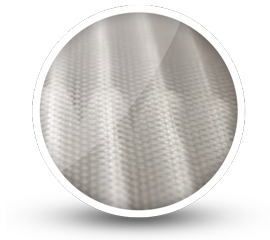
Philips Air Purifiers
Pre-Filter
First, the pre-filter layer traps large particles such as allergenic dust and animal hair.
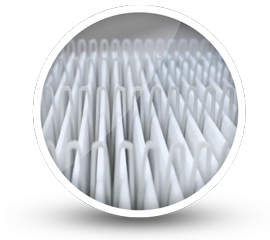
Philips Air Purifiers
NanoProtect HEPA filter
Second, the NanoProtect HEPA filter captures 99.97%* of particles like fine dust and aerosols, as small as 0.003 micron. The synthetic fibers of the HEPA filter have an electrostatic charge that attracts and captures even the smallest particles just like a magnet. *From the air which passes through the filter, tested with NaCl aerosol by IUTA according to DIN71460-1
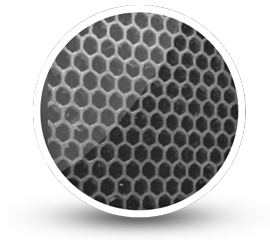
Philips Air Purifiers
Activated Carbon filter
This third filter layer was treated with oxygen, opening up millions of nano-sized pores, enabling it to remove harmful gases, including volatile organic compounds, ozone and unpleasant odors.
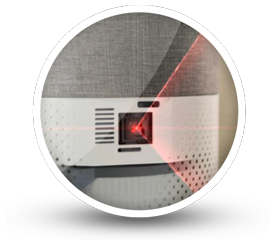
Philips Air Purifiers
Intelligent sensors
Scan the air 1000x a second to detect ultra fine particles and gas*. Reports the air quality in real time and intelligently chooses the right speed for your home in auto mode. *Gas sensors are available with our purifiers Series 3000i and 4000i.
Philips Air Purifiers
Long lasting filters
Philips Air Purifier filters have a lifetime of up to 3 years
Service life is based on a theoretical calculation of the average annual regional values of harmful outdoor air particles and daily use of the air purifier for 16 hours in automatic mode.
- Philips Air PurifiersSee how they work:Swipe to explore

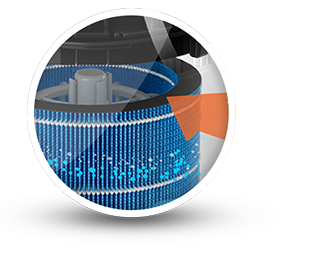 Philips HumidifiersFirst stepDry, polluted indoor air is absorbed into the humidifier where the filter helps clean the air from various impurities like pet hair, household dust, pollen and natural bacteria.
Philips HumidifiersFirst stepDry, polluted indoor air is absorbed into the humidifier where the filter helps clean the air from various impurities like pet hair, household dust, pollen and natural bacteria.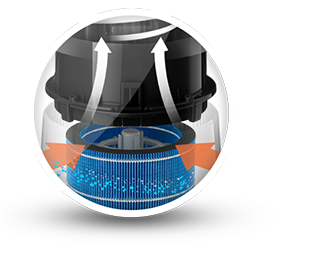 Philips HumidifiersSecond stepThe advanced NanoCloud technology adds water molecules to the cleaned air using a special humidification filter. This humidified air carries 99%* less bacteria.* Compared to standard ultrasonic humidifier modules that do not contain additional technology to reduce bacteria-spreading, tested by independent lab.
Philips HumidifiersSecond stepThe advanced NanoCloud technology adds water molecules to the cleaned air using a special humidification filter. This humidified air carries 99%* less bacteria.* Compared to standard ultrasonic humidifier modules that do not contain additional technology to reduce bacteria-spreading, tested by independent lab. Philips HumidifiersThird stepThe fan projects the humidified air back into the room. This fan is powerful, quiet and highly efficient with an ultra-long lifetime.
Philips HumidifiersThird stepThe fan projects the humidified air back into the room. This fan is powerful, quiet and highly efficient with an ultra-long lifetime.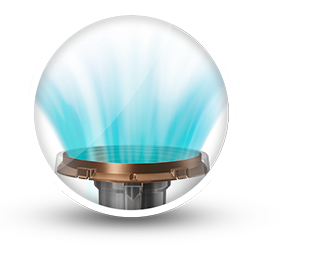 Philips HumidifiersFourth stepThe 360-degree distribution bay dispenses the humidified air further and more evenly, reaching every corner of the room while preventing white residue and wet patches.
Philips HumidifiersFourth stepThe 360-degree distribution bay dispenses the humidified air further and more evenly, reaching every corner of the room while preventing white residue and wet patches.
Research
Science and innovation
With a team of more than 100 scientists, doctors and engineers working in air purification, Philips has a long-standing heritage in health tech and has become one of the global leaders in air purifiers.
*Source: Euromonitor International Ltd; Consumer Appliances 2020 ed; “leading” defined as top 10 brands by volume sales; 2019 data.
How the purifier works
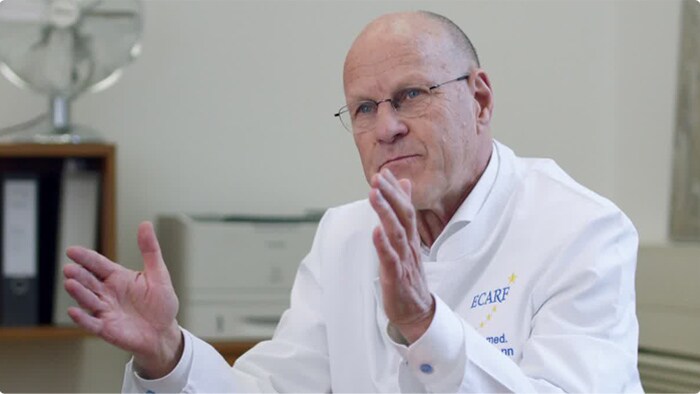
The allergy expert
Independently
tested and certified

Airmid health group with accredited virology lab
Tested for 99.9% virus removal with H1N1 influenza virus.

European Center for Allergy Research Foundation
Certified allergy-friendly. Philips air purifiers fit the needs of allergy sufferers.

IUTA research institute
Tested for 99.97% filtration of nano-particles, at 0.003 microns.
Sustainable by design
Consumes the same amount of energy as a standard light-bulb, so you can use them 24/7
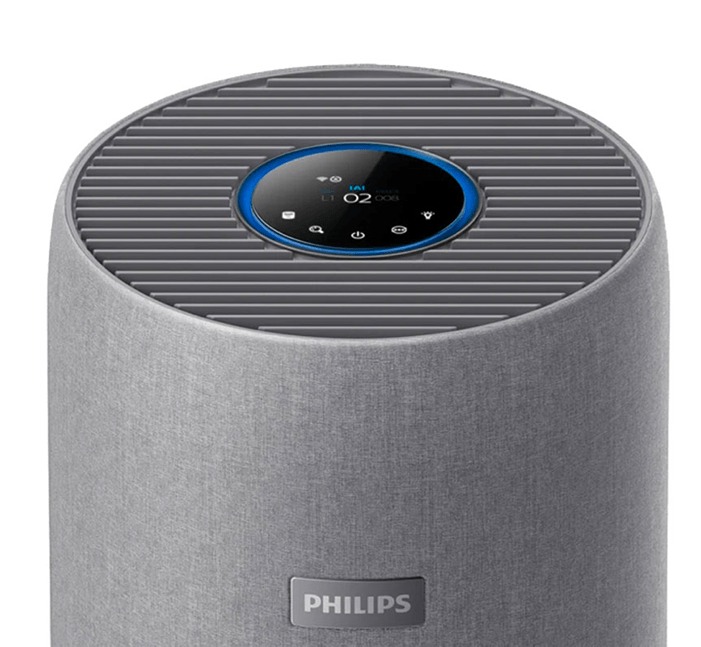
Do you need to order air purifiers for your school or place of business?
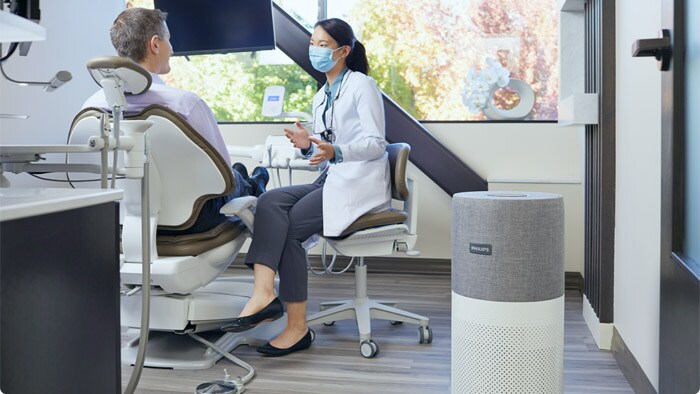
Solutions for public areas
Clean air at work and school
Now more than ever, it’s important that the air we breathe indoors at work, school or other public spaces is clean and safe.
Products
Related products
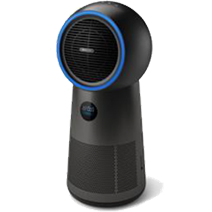
Fans and heaters
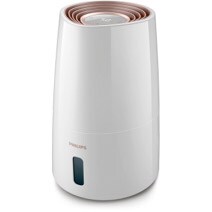
Humidifiers

Filters
Support
How can we help you?
- How do Philips air purifiers work?
-
An air purifier creates a circulation of the room air (combination of motor and fan), detects PM2.5 and reacts to the contaminants in the air and filters the contaminated air through a filter system that traps fine dust, allergens, viruses, bacteria, harmful gases, etc. . This cycle of operation is repeated as the room air is recirculated by the air flow from the air purifier; therefore it is very important that the air purifier has a high airflow to keep the air clean.
- What does CADR mean?
-
CADR - Clean Air Delivery Rate is the amount of clean air in cubic meters per hour that we measure as a combination of air flow and filter efficiency. CADR helps you understand how quickly an air purifier can clean a room. A higher CADR in a room can lead to faster cleaning and thus to a lower concentration of pollutants in the air.
- What is a NanoProtect HEPA filter and its advantages?
-
HEPA (High-Efficiency Particulate Air) filters consist of a mat made of randomly arranged fibers. HEPA filters are designed to target a range of particle sizes. These particles are captured and stacked on top of the fiber. Philips air purifiers use NanoProtect HEPA filters. These filters provide 99.97% particle separation at 0.3 µm (0.3 µm being the estimated particle size with the greatest penetration for NanoProtect HEPA). NanoProtect HEPA uses a combination of mechanical and electrostatic filtering, whereby the larger particles are captured by mechanical action and the smaller particles are captured by electrostatic action. This filter design enables optimal size, better air circulation, higher speed of air purification.
- What is the relationship between 99.97% and the 0.003nm (nanometer)?
-
99.97% is usually associated with 0.3 μm as the common filter specification, which is the HEPA requirement specified by global standards. Philips air purifiers show an efficiency of 99.97% for even smaller particles. Our products are tested to 0.003 μm, the smallest particle available that has high efficiency at 99.97% filtration.
- Why is it important that the air purifiers are optimized in favor of a high CADR?
-
Philips air purifiers are designed to provide best-in-class air cleaning performance for everyday, real-world consumer situations. They are intended for indoor use with high activity, e.g. In kitchens and living rooms at home, in schools, in classrooms, in the workplace, in restaurants, in retail stores, etc. For optimal performance, an air purifier must provide a high rate of air purification (as measured by CADR according to industry standards). At Philips, we optimize our products to achieve a higher CADR with the aim of increasing protection against dangerous small particles, allergens and aerosols containing viruses. CADR stands for Clean Air Delivery Rate and is a direct function of filter efficiency and air flow.
The filter efficiency is measured as the fraction of particle separation at a certain particle size. At Philips, we measure filter efficiency down to 0.3 µm (estimated most difficult particle size) and down to 0.003 µm (smallest measurable particle size). Air flow is measured by the flow of air through the filter and is maximized when the resistance to air flow through the filter is less.
- Does the Philips NanoProtect HEPA filter meet the HEPA 13 or HEPA 14 standards?
-
HEPA-13 / H13 is a well-known industry standard for air filters that follow the EU standard EN1822. Certified HEPA-13 filters guarantee 99.95% air purification of the most difficult particles to filter (MPPS, according to the European standard). MPPS stands for “most penetrating particle size”, in other words, this is the most difficult particle size to filter in any filter (not necessarily the smallest particle size). However, the HEPA-13 standard has some important limitations. One of them is that it does not take into account the air purification rate (measured by CADR according to industry standards), which is arguably much more important in everyday, real-world consumer situations.
The NanoProtect HEPA filters from Philips offer a filter efficiency of 99.97% at 0.3 µm. The faster the air cleaning rate (CADR), the better the protection against dangerous small particles, allergens and aerosols from viruses. On this basis, it is expected that NanoProtect HEPA filters will do a better job in everyday, real consumer situations than conventional HEPA-13 certified filters. They clean the air faster with a more optimal size, lower energy consumption and lower material costs and thus lower the total cost of ownership for our consumers.
- Can Philips air purifiers be used outside the home?
-
Philips air purifiers are designed and manufactured in compliance with all safety regulations and standards (IEC / EN 60335-1 IEC / EN 60335-2-65). They can be safely used in a wide variety of indoor spaces, such as: B. in homes, offices, schools or dental clinics. For optimal use, please read the user manual for each product.
- How do I dispose of the Philips filter?
-
We recommend placing the filter in a disposable bag and following normal practice, then washing your hands for at least 20 seconds and following advice from local health authorities on how to deal with potentially infected surfaces.
We also recommend washing your hands for 20 seconds when cleaning the filter.
- Can Philips air purifiers run continuously?
-
Philips products are rigorously tested before they hit the market. Philips carries out lifespan and durability tests. The performance of Philips air purifiers has been tested and validated for continuous indoor use for a period of three years.
The durability of the filter in Philips air purifiers depends on the environment in which it is used. For optimal performance, the Philips NanoProtect HEPA filter should be replaced as soon as the user receives the message to change the filter via the device or the Clean Home + app (for Philips air purifiers with app control). For more information, please refer to the user manual and warranty card. If you have any further questions, please contact Philips Customer Care.
Get support for your
Air Purifier
Air Purifier

Get support for this product


